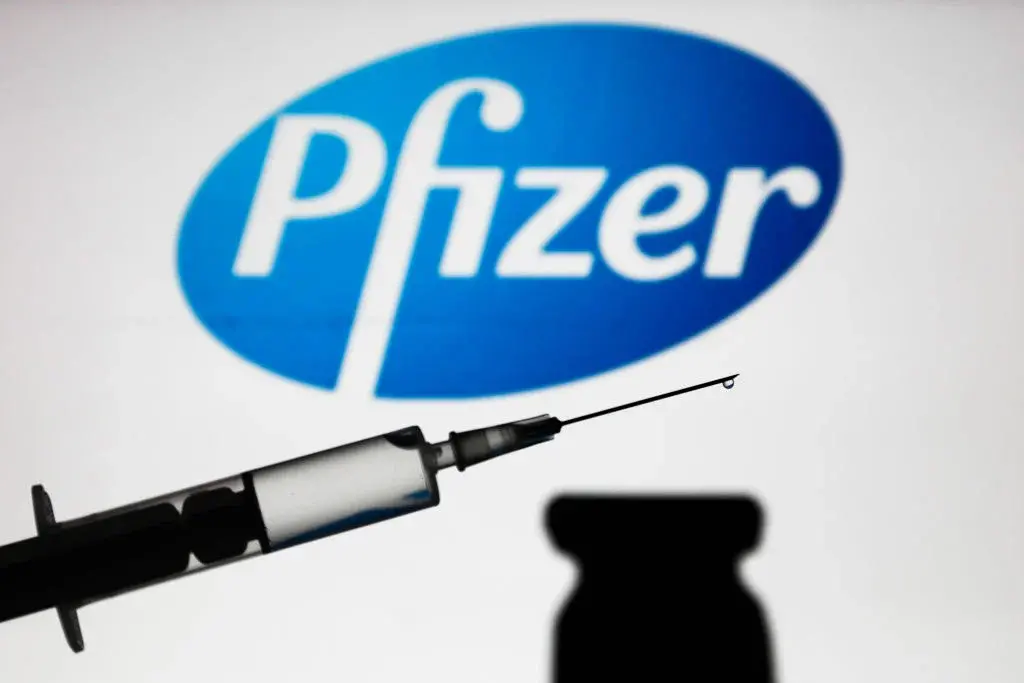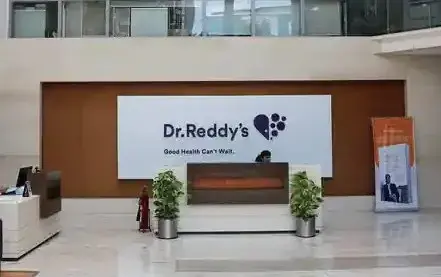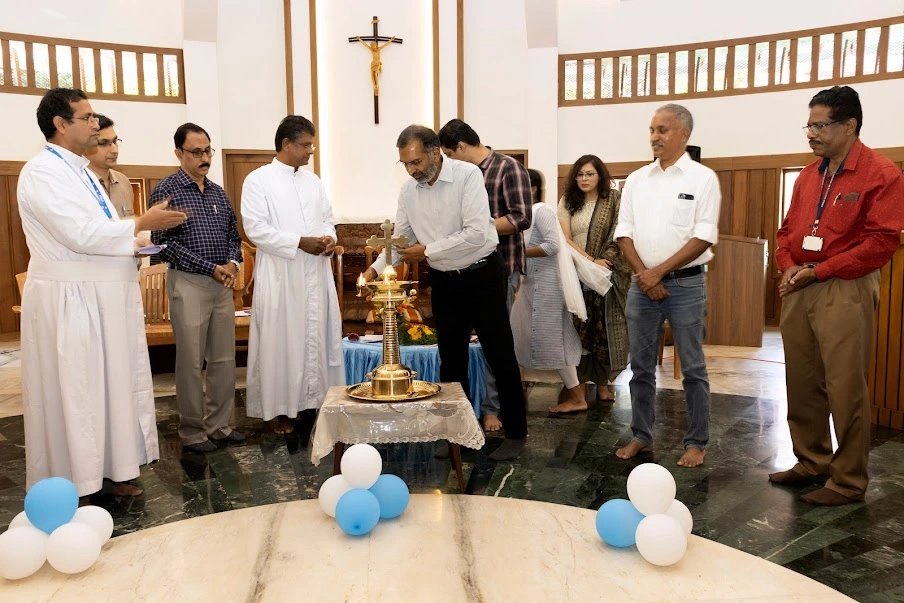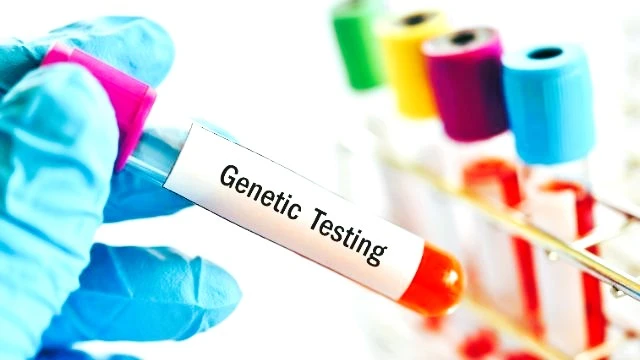Goa govt is planning to build a cancer institute in the state and is in discussions with Tata Memorial Hospital
In addition to opening a specialised cancer outpatient department at Goa Medical College starting next month, the Goa government is planning to build a cancer institute in the state so that residents won’t have to leave for treatment elsewhere, according to health minister Vishwajit Rane. The minister met with representatives from Mumbai’s Tata Memorial Hospital on Thursday in Panaji to talk about how to establish a facility to treat cancer patients in the state. After the meeting, he tweeted, “With rising cancer cases in the state of Goa, we are working unabatedly to build a ‘State Cancer Institute’ so that citizens of Goa do not have to travel outside the state to seek treatment.” He stated in another tweet, “Tata Memorial Hospital provides world-class cancer treatment services and facilities. We intend to have a tripartite agreement between the Government of India, the Government of Goa and Tata Memorial Hospital, similar to the Assam model envisioned by Hon PM Shri @narendramodi.” According to Rane, Tata Memorial will offer all technical assistance in the fields of services, human resources, training, and research. “We shall be starting a pilot from 15th April 2023 where a dedicated cancer OPD will be started at GMC (Goa Medical College). I have given the necessary instructions to Dean of @GoaGmc and Health Secretary in this regard to ensure this is operational on 15th April,” he tweeted.










